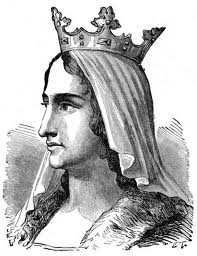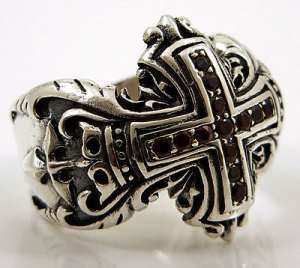The Life Of A Medieval Woman In The Middle Ages By Rachael Mc Greal
The Life Of A Medieval Woman In The Middle Ages
The daily life of a Noblewoman in the Middle ages followed a similar schedule to that of her lord. This might be her husband, father or brother. The daily life of a Noblewoman during the Middle ages centred around castles or Manors. Much of her time was spent on overseeing the running of the household.
The daily life of a Medieval Noblewoman can be
described as follows:
The daily life of a Noblewoman started at dawn when Mass would be heard and prayers would be made .
A noblewoman would be served by her ladies in waiting. She would be assisted with her dress for the day. The first meal of the day for the noblewoman was breakfast. The daily life of a Noblewoman would include discussions on tournaments, betrothals, marriages, poetry and country love.
A Noblewoman would be expected to oversee the education of the upper class girls who had sent to their households.
A Noblewoman had to be able to take their husbands places at all times. The daily life of a noblewoman would change if her husband was absent. She would be expected to look after the fiances of their manor or estates including the collection of rents. Supervise the faming and settle all disputes.
Mid morning prayers and a meal.
In the afternoon the daily life of a noblewomen turned to housewifely duties including the supervision of meals and ensuring stores were sufficient.
Leisure time was spent on embroidery and dance practice.
Evening prayer, and then supper in the Hall of the Castle or Manor House.
After supper there might be some entertainment- music, dancing, jugglers, acrobats, jesters, etc.
Bed time prayers were just before they went to sleep.
Medieval Woman And Marriage
Marriages were carefully considered transactions in the Medieval Period.
Education was less important than securing a sound economic base for a secure relationship where children could be raised. A bad marriage could mean the dilution of the power and wealth of a family- if a women married below her status, the exchange of goods and land, common at the time, would be disadvantageous. In the worse case it could mean a life of poverty for the newly weds.
Family, friends and church would all take a role in deciding what marriage would bring most benefits to the families and the community.
Amongst the very poor, property was less of an issue and there was more freedom to chose on personal preference- although sometimes marriage and children might not have been affordable at all.
Marriage Age
There is a myth that, in the medieval period, many girls were married before they even reached their teenage years.
Amongst rich and powerful families, very young children could be promised in marriage as a way of cementing alliances. Sometimes, actual marriage ceremonies of children would take place but the couple would not live together until they were considered adults. The Church also allowed the betrothed the right to renounce these child marriages when they came of age.
Recent research suggests that marriage age for ordinary people was little different in the medieval period then it was a hundred years ago.
In Italy the average age for marriage was 17; in France 16 years old; and in England and Germany 18 years old.
By Rachael Mc Greal




Leave a comment